A Q&A with David Elia, the designer behind the provocative Stray Bullet and Bulletproof collections
Room for Debate
Continuing our exploration of contemporary Latin American design, we spoke this week with David Elia, the founder of Design da Gema, a Brazil-based small production atelier. David's work addresses problematic issues within Brazilian society, such as violence, security, drug trafficking, and lacking urban infrastructure. His Stray Bullet collection, for example—which is featured in the MAD museum's latest exhibition, New Territories—incorporates a volatile symbol of violence into functional design.
We talked with David about the inspiration behind his ongoing work and his thoughts on the new show.
AC: Congratulations on your inclusion in the new MAD show. What is your impression of the exhibition? Does it succeed in representing the creative spirit and work of the geographic areas it highlights?
DE: Thank you. I think the exhibition is really well organized, and the curator, Lowery Stokes Sims, did amazing research into the latest developments in Latin American design, crafts, and arts since the year 2000. . . I think the themes and hubs identified for the show are key to better understanding the current situation of Latin American design. Sometimes one artist might find himself pertaining more to a theme associated with a region that is not of his origin, but, nonetheless, I think it succeeds in showing the overall creative spirit of the geographic areas highlighted.
In my case: I am Brazilian from Rio, but my work finds itself situated in the theme called “Navigating Personal and Civic Space,” which focuses on the region of Havana. This is because in my work I question the navigation of personal and civic space by addressing the theme of violence in contemporary society. The works under this theme address “the process of reclaiming civic spaces and personal integrity within the ever-shifting Latin American political climate.” For Lowery Stokes Sims, “Nowhere is this clearer than in Havana, Cuba.” I actually am happy my works have been given further importance for their message and narrative content beyond their upcycling and repurposing qualities—the themes belonging to the region of Sao Paulo and Rio de Janeiro, Brazil.
AC: Tell us the story behind your Bullet pieces.
DE: It [began] in 2010, a time when there was a lot of uprising in the favelas of Rio. Pacification was the goal, in order to establish order from the narcotrafficking taking place in these communities. It is still an ongoing process.
I would always hear in the news about innocent favelados getting caught up in the crossfire between the military police and the drug trafficking gangs. For me, it was not easy to go to work. I had to go through the industrial zones in Rio in order to meet with local artisans, and sometimes I had to cancel appointments because of sudden, unexpected violent clashes.
This situation moved me, and I felt the need to address this issue. I was inspired by all the Monobloc chairs that are used everywhere in the streets and botecos of Rio. It is very popular and banal. I decided to riddle it with bullet holes and called it Stray Bullet. I wanted to combine narrative as well as show the upcycling and repurposing qualities that Brazil is known for in design—hence the use of stainless steel eyelets. Also, it was important for me to do background research on Monobloc chairs in design, and among my research I have discovered that it was the subject of an important study through a book called 220°C Virus Monobloc. The Monobloc chair has its rightful place in the world of design.
AC: What do you hope people take away from the Bullet pieces, and from your work in general?
DE: A sense of awareness of what is going on in the Brazilian territory and the social climate there.
AC: Do you intend your work to make clear social and/or political statements, or do you see it more as creating opportunities to spark conversation?
DE: Through my work, I try to show Brazil in all its colors—and not just the picture perfect postcard. My goal is to bring awareness to the viewer and have the pieces become conversation starters. My intention is to trigger debate. I act as a witness laying all these very real issues out on the table. I am in no position and I feel I have no right to make clear socio/political statements; I am not an activist.
To learn more about the New Territories exhibition, check out our review, Global Redux.
*Portrait and product photos by Valentina de Gaspari; all images courtesy of David Elia
-
Text by
-
Anna Carnick
Anna est la Rédactrice en Chef de Pamono. Ses textes ont figuré dans plusieurs publications d'art et de culture et elle a rédigé plus de 20 livres. Anna aime rendre hommage aux grands artistes et elle apprécie tout particulièrement les bons pique-niques.
-
Découvrez plus de produits
Coussin Stray Bullet par David Elia
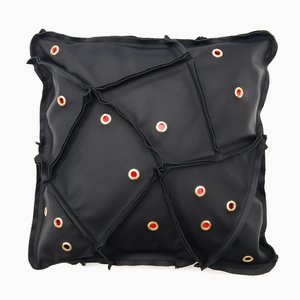
Stray Paintball Chair by David Elia
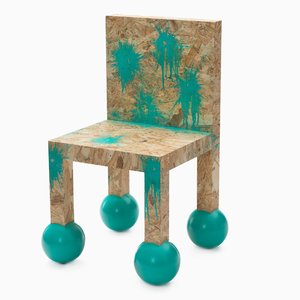
Stray Bullet Side Table by David Elia, 2011

Grand Bol de Fruits Multiplastica Domestica en Violet par Brunno Jahara
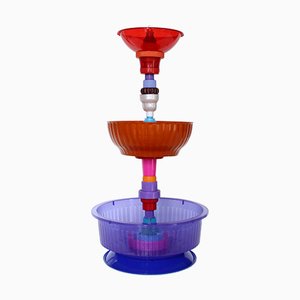
Grand Bol de Fruits Multiplastica Domestica en Rose par Brunno Jahara
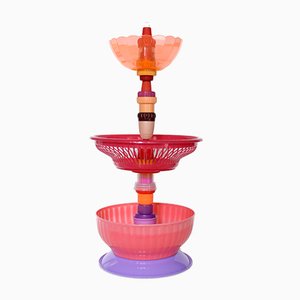
Grand Bol de Fruits Multiplastica Domestica en Vert par Brunno Jahara
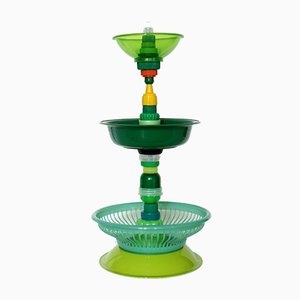
Petit Bol de Fruits Multiplastica Domestica en Vert, Blanc et Bleu par Brunno Jahara

Chaise Cadeira Amarela par Paulo Goldstein Studio
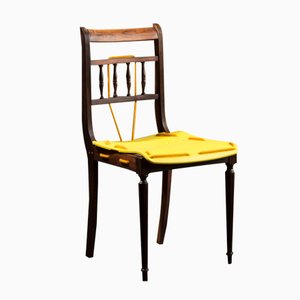
Chaise Scarcity de Paulo Goldstein Studio

Chaise Cadeira Azul de Paulo Goldstein Studio
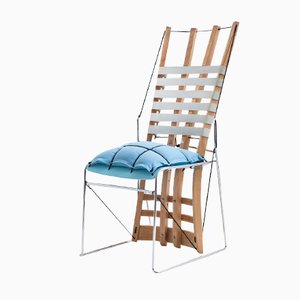
Fauteuil de Réalisateur Rénové par Paulo Goldstein Studio
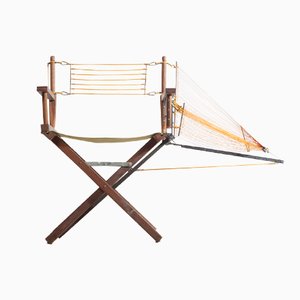
Vase Stray Bullet par David Elia
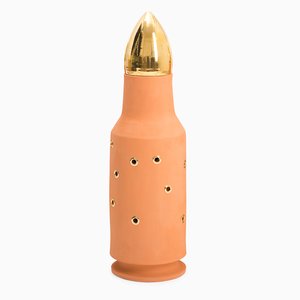
Boîte Conterrâneos par Brunno Jahara
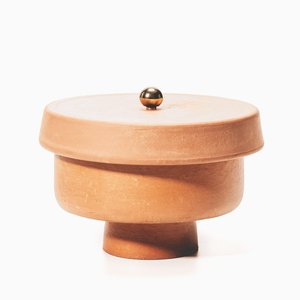
Large Conterrâneos Fruit Tray by Brunno Jahara

Plateau de Fruit Conterrâneos, Taille Moyenne, par Brunno Jahara
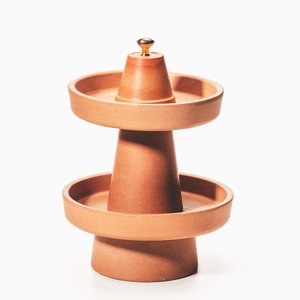
Lampe de Bureau Conterrâneos par Brunno Jahara
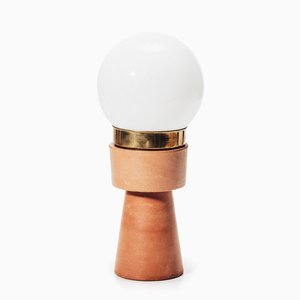
Bougeoir Conterrâneos par Brunno Jahara

Corbeille à Fruits Multiplastica Domestica Etagée Moyenne en Bleu par Brunno Jahara

Multiplastica Domestica Lamp in Red by Brunno Jahara

Pot Transatlântica Haut par Brunno Jahara

Pot Transatlântica Bas par Brunno Jahara
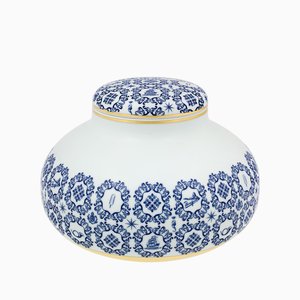

 David Elia and the Stray Bullet collection
David Elia and the Stray Bullet collection
 Stray Bullet chairs
Stray Bullet chairs
 An inspirational image for Elia's work: (
An inspirational image for Elia's work: (
 Bulletproof Side Table
Bulletproof Side Table
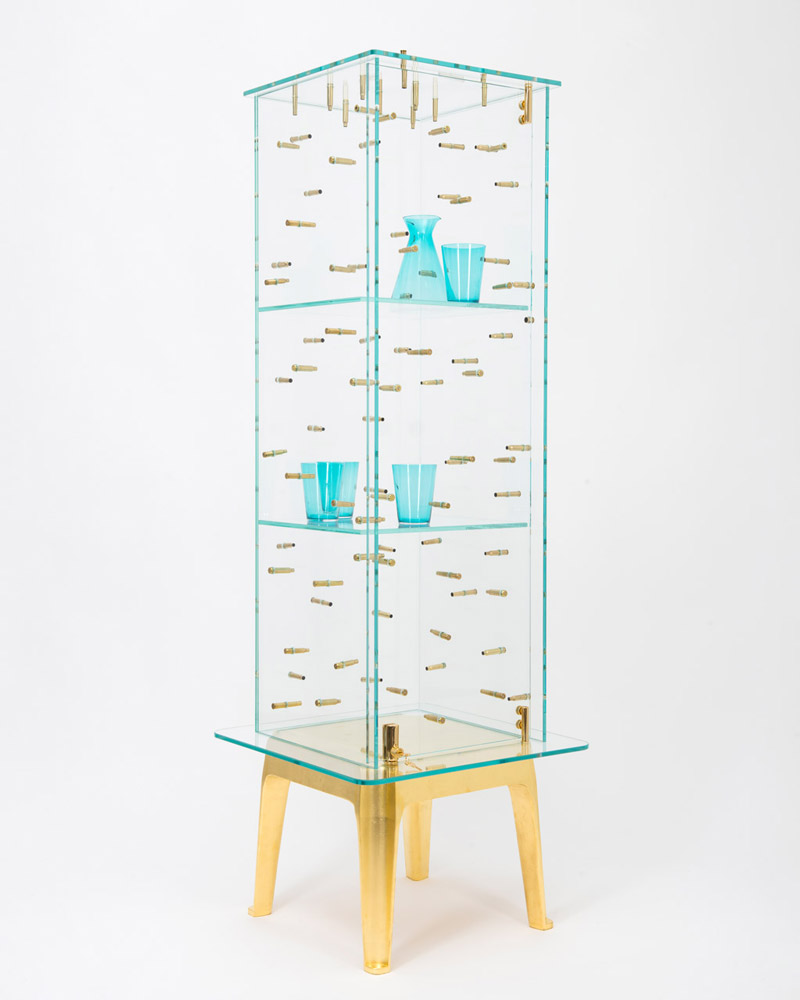 Bulletproof Case
Bulletproof Case
 Bulletproof detail
Bulletproof detail
 No Trespassing
No Trespassing
 Inspirational image for Elia's work: a photograph taken by the designer in Rio de Janeiro
Inspirational image for Elia's work: a photograph taken by the designer in Rio de Janeiro
 No Trespassing (detail)
No Trespassing (detail)
